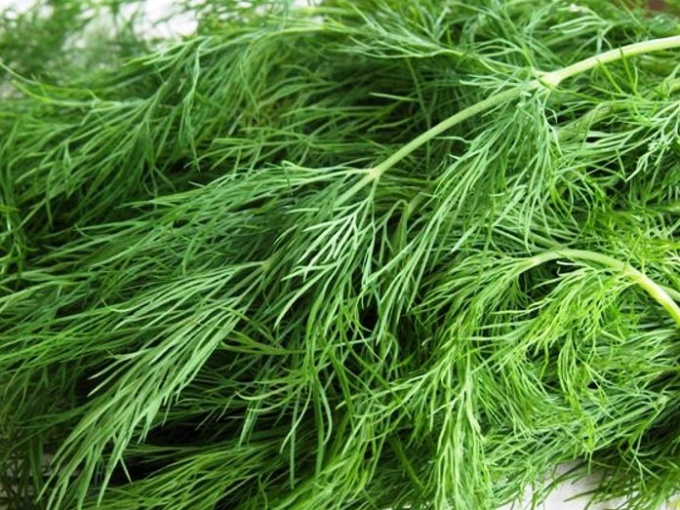You will need
- - flower pot or box under the ground;
- - sterilized soil;
- - seeds of fennel;
- - peaty soil;
- - cellophane film;
- - fitolampy;
- - fertilizer.
Instruction
1
Purchase a box or pot in which to grow dill. Fill it with earth. In the soil must not be alkalis and acids, use rich humus (humus) soil light. Dill is often exposed to pests (particularly aphids barishnikovoy) and various diseases (Fusarium and powdery mildew), which cause drying and Curling of leaves of the plant. To avoid this, use sterilized soil, which you can buy in stores.
2
To buy the seeds of dilland in a specialty store. For indoor conditions suitable varieties: Uzbek-243, Kaskelen, Armenian-269, Gribovsky.
3
Visivite seeds on wet soil (30 g per 1 m2), and on top sprinkle them with a layer of light peat (humus) soil with a thickness of about a centimeter and lightly seal it.
4
In the period of seed germination and maturation of intensively watering dill. To speed up the process cover the boxes (or pots) with a plastic film. As soon as the first shoots, the film is clear and to thin out the sprouts, leaving between them a distance of 2-3 cm. This procedure is necessary because the density of crops can slow the development and growth of plants. The removed shoots can be used in food.
5
During the cold season, spend step-crops, the interval between which is 30-40 days. So you will have greens throughout the winter.
6
Autumn and winter grow dill on the windowsill in a room with good lighting. If necessary, install additional lighting (e.g., fluorescent lamps with a capacity of 40-80 watts). Today there are special fitolampy. Hang them at a height of about 50 cm and carry out the highlighting in the morning (5-6 hours).
7
Temperature conditions are also important. For the growth and development of the fenneland the optimal temperature not exceeding 17°C, and for ripening seeds – 20°C.
8
Every two weeks need feeding concentrated liquid fertilizer. 40-45 days after germination dillbut you can use a separate shoots and leaves for food.
